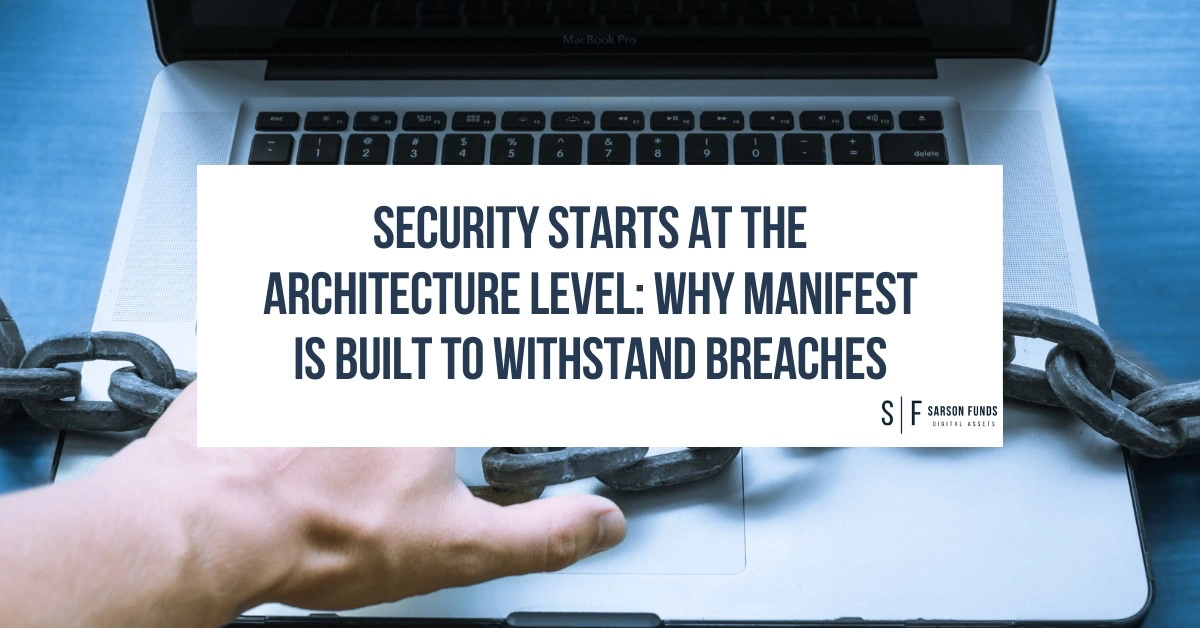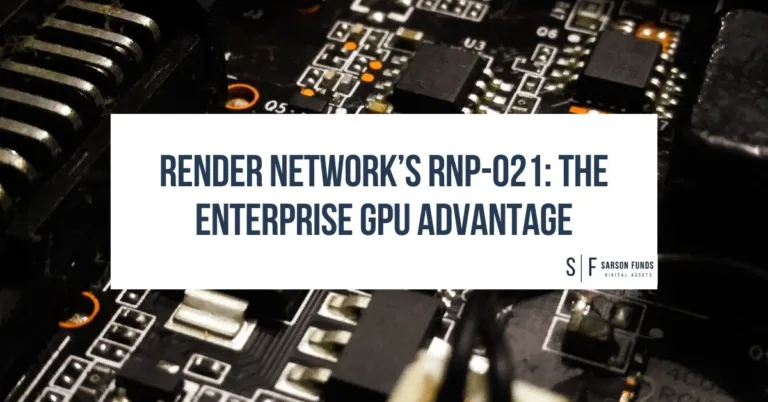
In June 2025, cybersecurity researchers discovered a staggering 16 billion login credentials exposed online, spanning Apple, Facebook, Google, GitHub, Telegram, government portals, and more. The scale of the breach highlighted the urgent need for more resilient and decentralized security architecture to prevent mass credential exposure. These credentials, many compiled from malware like infostealers, represent a goldmine for hackers seeking phishing vectors, identity theft, and account takeovers.
Why Centralized Clouds Amplify Risk
Public clouds like AWS, Azure, and Google Cloud dominate the infrastructure landscape. But when breaches occur, these centralized systems expose millions of logins at once. Centralized identity management, credential storage, and access systems all compound the risk.
A single vulnerability in cloud infrastructure can unlock infinite yet tightly clustered credentials, making large-scale breaches possible.
How Manifest’s Decentralized Private Cloud Mitigates Risk
Manifest Network addresses these vulnerabilities head-on by enabling the rearchitecting of authentication and key management:
-
- Distributed Key Storage & Zero-Knowledge Access
- Private keys never live on a central server. Access is granted through distributed authentication protocols that offer no central credential repository to compromise.
- No Single Point of Failure
- Infrastructure is split across independent, vetted data center nodes. Breaching one node yields nothing; each request requires multi-node validation.
- Hardware-Backed Identity & Passkeys
- Manifest supports passkey-native devices, enabling secure biometric or hardware-key login across its private cloud— no reusable passwords, no credential reuse risk.
- Zero Trust Architecture
- Every access attempt is verified via strong, contextual verification with least-privileged permissions. Even a compromised endpoint can’t traverse network or data boundaries.
- Distributed Key Storage & Zero-Knowledge Access
Edge and On-Premise Options
Companies can deploy on Manifest privately in their own facilities. Sensitive token generation, key handling, and API access never touch public cloud edge, ensuring full control over identity assets.
Case Study: Breaches vs. Decentralized Approach
-
- Scenario A (Centralized): A breach leads to stolen credentials from millions of users in one cloud platform.
- Scenario B (Manifest): Even if one node or endpoint is breached, there’s no single vault of keys or credentials. Attackers gain nothing without multi-node and user-level authentication across the network.
By eliminating centralized identity systems and replacing them with cryptographically secure, decentralized structures, Manifest turns single breaches into dead ends.
Why Security Architecture Must Evolve
The 16 billion credential leak demonstrates how credential reuse, weak protection layers, and centralized vaults become cybersecurity liabilities. Manifest’s architecture prevents these vector types by design:
-
- No shared login store
- No universal password hash database
- No single cascade that unlocks multiple accounts
For enterprises, DeFi platforms, and privacy-conscious Web3 builders, Manifest offers a practical blueprint for eliminating systemic credential exposure risk.
Final Thoughts
The unprecedented scale of recent credential breaches underscores the urgent need to move past fragile, centralized authentication models. Manifest’s private, decentralized cloud not only supports innovation it architecturally prevents large-scale credential compromise by eliminating centralized credential vaults altogether.
For organizations serious about defense-in-depth, Manifest isn’t just an upgrade it’s a fundamental shift in how trust, identity, and security are built.
Disclosures: This article is for informational purposes only and should not be considered financial, legal, tax, or investment advice. It provides general information on cryptocurrency without accounting for individual circumstances. Sarson Funds, Inc. does not offer legal, tax, or accounting advice. Readers should consult qualified professionals before making any financial decisions. Cryptocurrency investments are volatile and carry significant risk, including potential loss of principal. Past performance is not indicative of future results. The views expressed are those of the author and do not necessarily reflect those of Sarson Funds, Inc. By using this information, you agree that Sarson Funds, Inc. is not liable for any losses or damages resulting from its use.









